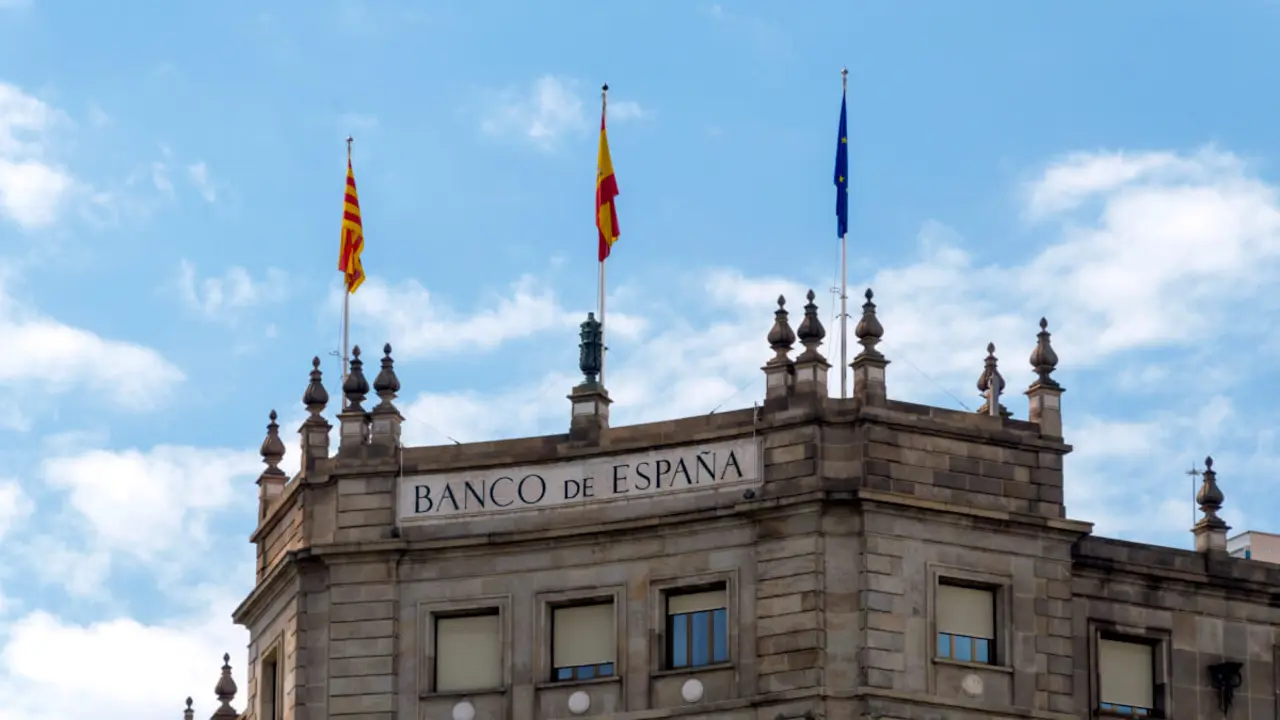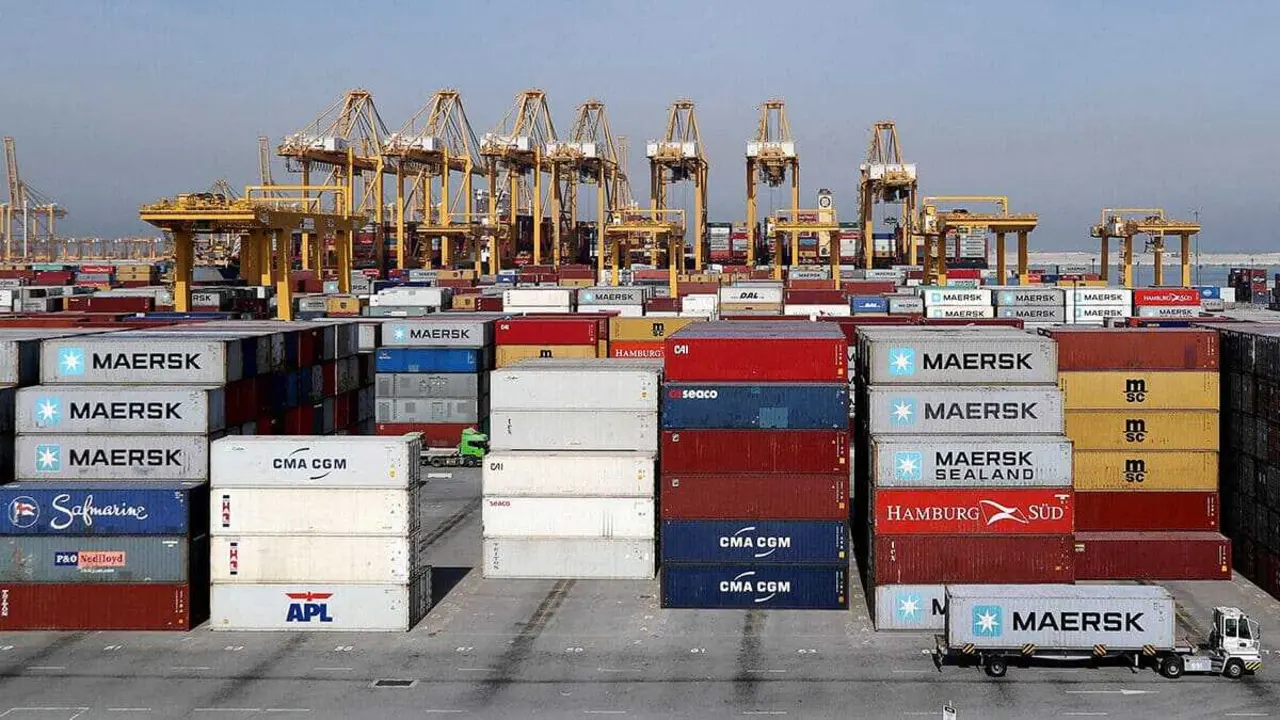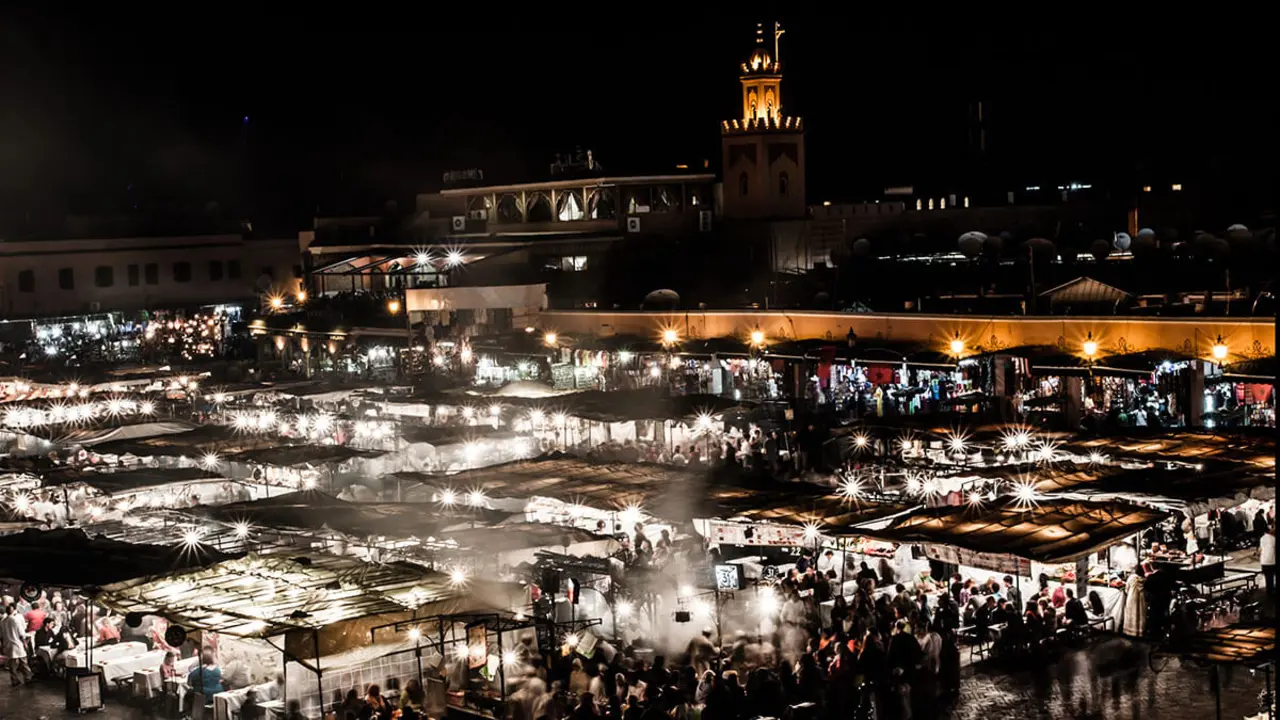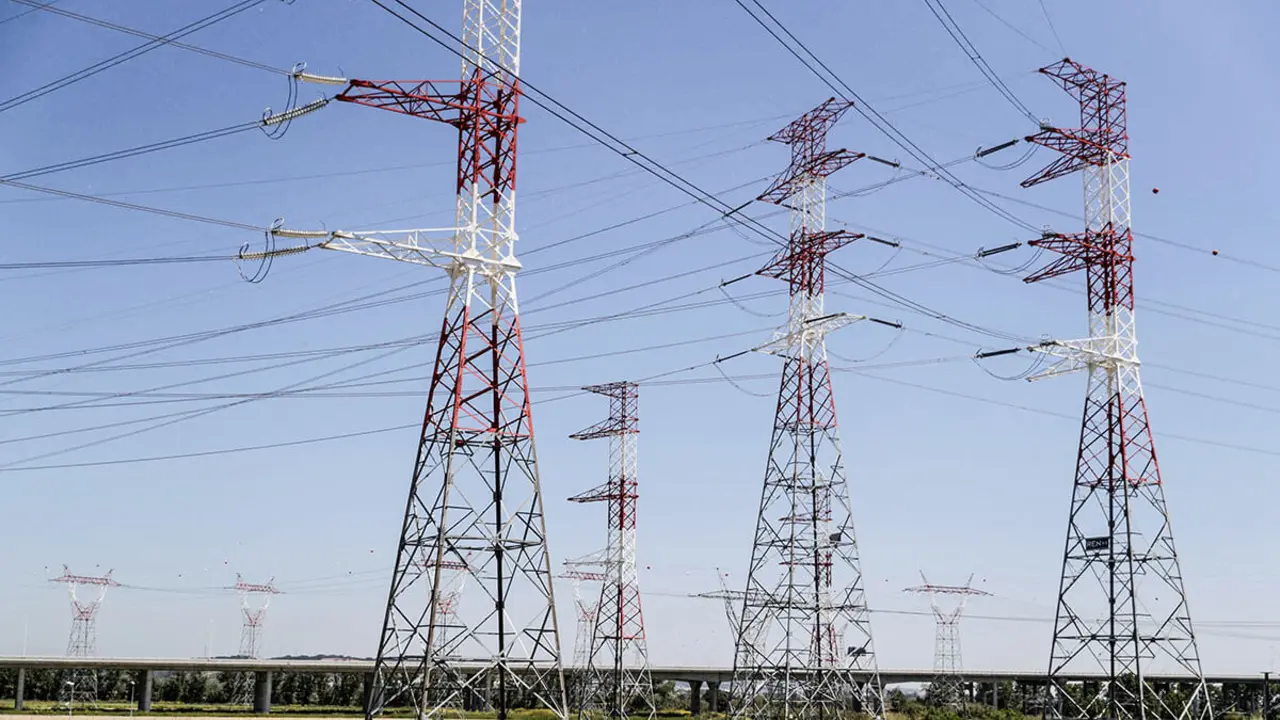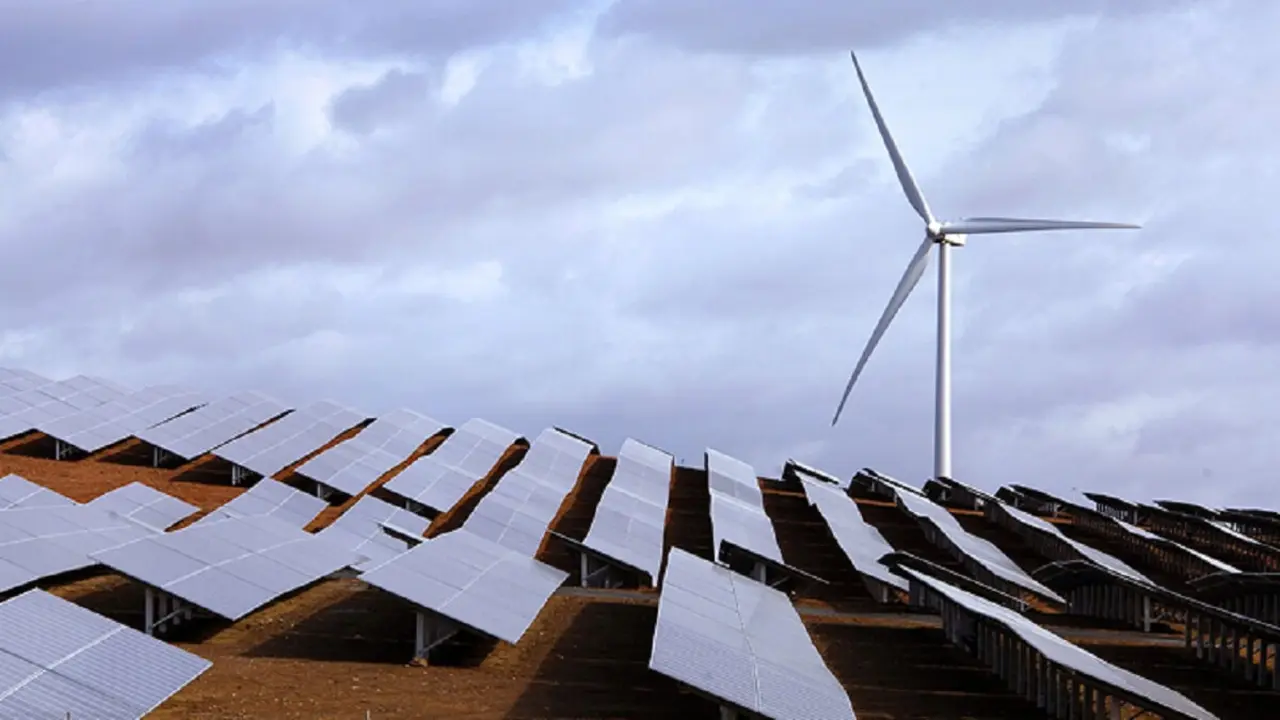Can African countries free themselves from dependence on raw materials?
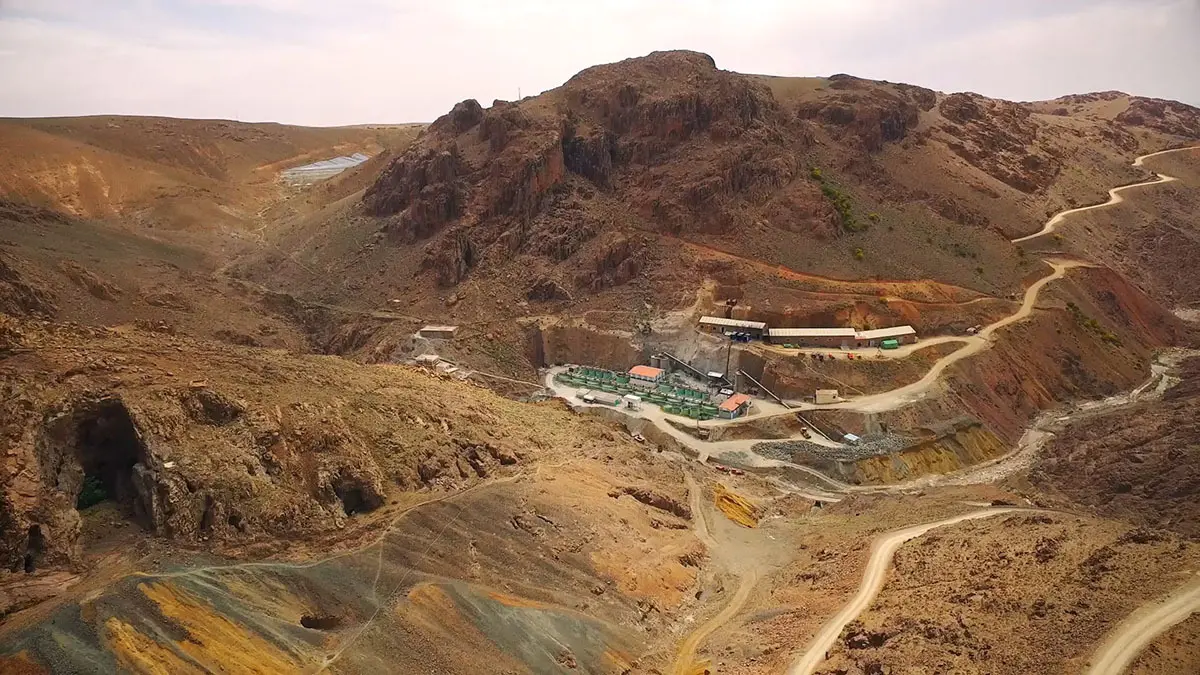
The African economy remains highly dependent on raw material exports, a phenomenon that knows no borders and affects all countries on the continent to a greater or lesser extent.
According to the latest report by the United Nations Conference on Trade and Development (UNCTAD), nine out of ten African countries have economies that are ‘highly dependent’ on the export of their raw materials. This means that around 60% of their exports are materials such as oil, minerals and unprocessed agricultural products.

This reality, known as the ‘resource curse’, exposes the major weaknesses of African countries in the international market and highlights the lack of diversification in their economies, which are heavily dependent on the volatility that accompanies commodity prices.
However, dependence on these products varies greatly from country to country. States such as South Sudan, Chad and Libya, with more than 98% dependence, are the most extreme cases; in contrast, other countries such as Morocco and Tunisia have managed to break the trend with only 26.4% and 21.5% respectively. This is something that only five countries out of 54 on the continent have achieved: in addition to Morocco and Tunisia, there are Egypt, Eswatini and Lesotho.
However, the reality of the continent is closer to the situation in Chad or South Sudan, as there are 26 countries whose economies depend on more than 90% of their income from natural resources, such as Angola, Nigeria, Guinea, and several in the Sahel, such as Mali and Burkina Faso. Others, such as Guinea-Bissau and Malawi, depend on agricultural products such as cashews and tobacco.
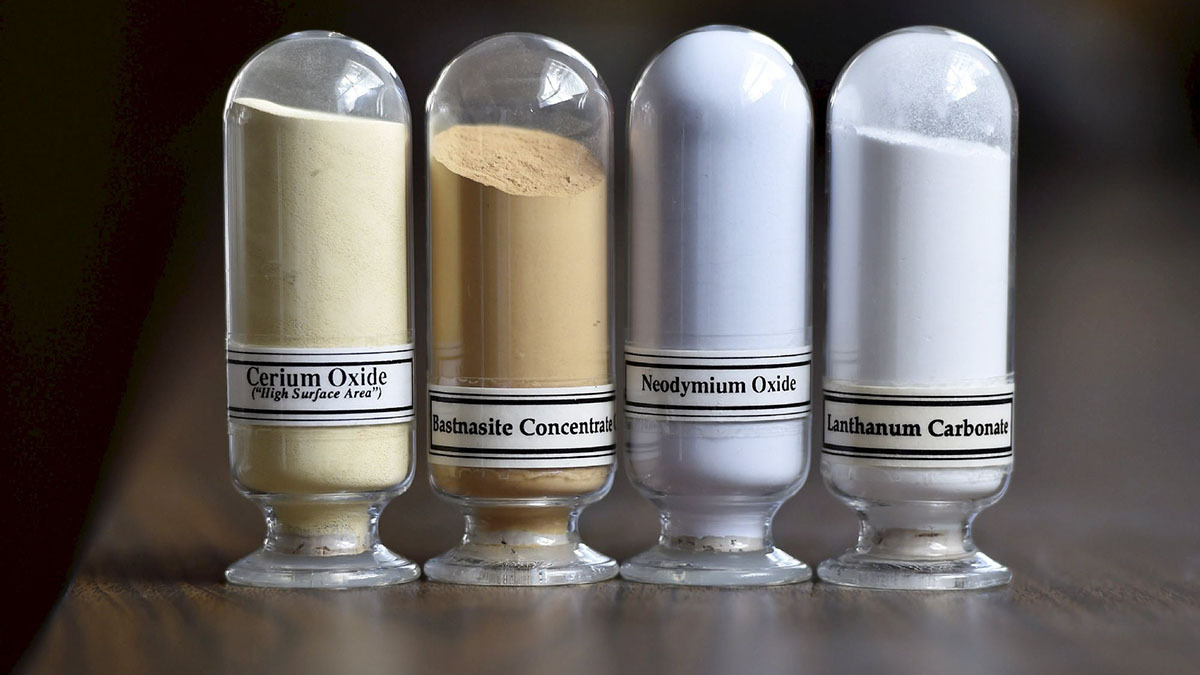
The figures behind a widespread problem
The scale of the problem is clear. Of the 54 African countries, 26 have a dependency rate of over 90%. South Sudan tops the list with 99.5% of its exports linked to raw materials, followed by Chad (99.2%), Libya (98.7%) and Guinea-Bissau and Angola (both with 97.9%).
Even South Africa, the continent's most industrialised economy, has a rate of 63.9%, above the threshold set by UNCTAD for a country to be considered dependent.
Energy raw materials such as oil and gas account, for example, for 94.6% of Libya's exports, 93.7% in Algeria and 92.4% in Equatorial Guinea. In mining, Botswana depends on diamond exports for 91.5% of its income, and in agriculture, Guinea-Bissau obtains 91.6% of its export income from cashew nuts.
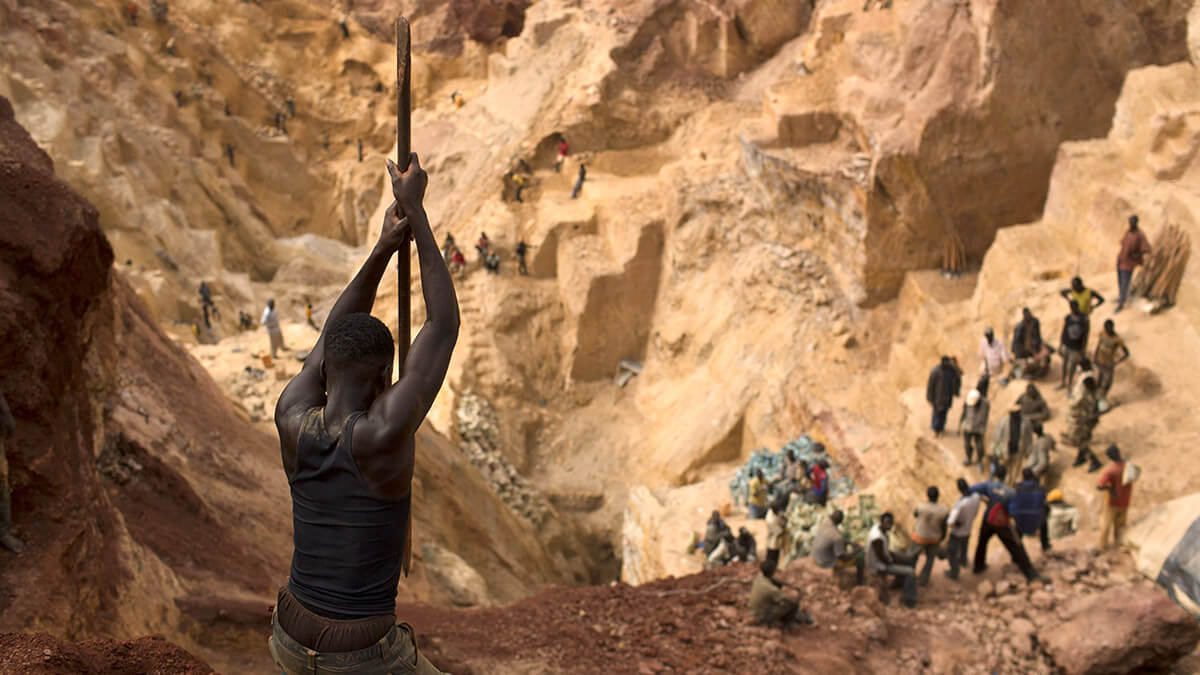
Morocco, an example of prosperity in Africa
Morocco, in particular, has become a prominent success story. In 2024, its automotive exports amounted to almost $16 billion, representing 34.53% of the total. These figures were achieved thanks to the country's confirmation as the European Union's leading trading partner in the automotive sector, ahead of giants such as Tesla in the United States and BYD in China.
Far behind were phosphates and fertilisers (9 billion), agri-food (9 billion), textiles (4.6 billion) and aeronautics (2.7 billion). This diversification not only reduces vulnerability, but has also laid the foundations for a resilient industrial economy in the medium and long term.

